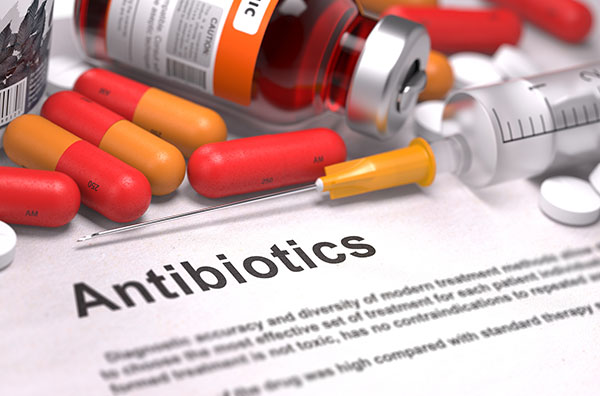
Data from the 17-year study revealed that increased rainfall and stream flow were tied to an increase in Legionnaires’ disease cases across the state. Likewise, the research team found that natural water reservoirs played a central role on where people contract a respiratory disease called sporadic legionellosis. The scientists also observed that people living within 10 miles of the Quinebaug River and the Hockanum Brook had the highest likelihood of contracting the disease. In contrast, those living near the Saugatuck River in Western Connecticut and the Shetucket River in Eastern Connecticut had the lowest odds of having the illness.
According to the research team, the increase in disease rates may be explained by two things: bacterial aerosolization or residential water contamination. The scientists explained that water could be aerosolized by power plants and sewage treatment plants that use rivers during the cooling and treatment processes, which in turn can lead to immense bacterial proliferation. As a result, residential water supplies become more susceptible to contamination, thus increasing the risk of infection.
“Our findings demonstrate that the natural environment could have a greater role in influencing the risk of disease than previously thought. This contrasts with the common view that building water systems and cooling towers are the main source of exposure for many cases. Rivers and watersheds could be proxies for areas of heightened risk due to poorly treated drinking water or well-water use. Defining the mechanism behind the link between rainfall and legionellosis is a next step and likely requires more investigation of the role of drinking water on sporadic cases of disease and how rainfall can affect water quality," lead author Kelsie Cassell said in a press release.
However, the scientists noted that more research is warranted to better determine whether rainfall and river turbulence could exacerbate bacterial aerosolization or residential water contamination.
CDC: Legionnaires’ outbreaks in the U.S. increased nearly fourfold in 15 years
A report by the Centers for Disease Control and Prevention (CDC) revealed that cases of Legionnaires' disease nearly quadrupled across the United States over a period of 15 years. According to the report, about 5,000 Americans were diagnosed with the disease in 2015 alone. The CDC also stated that about 20 legionellosis outbreaks occurred in the same year. Moreover, the federal agency noted that the rate of reported cases of legionellosis increased nearly fourfold from .42 to 1.62 cases per 100,000 persons between 2000 and 2014. (Related: Another outbreak at Disneyland: Legionnaire’s disease infections tied to contaminated water coolers)
"Large recent outbreaks in New York City and Flint, Michigan have brought attention to the disease and highlight the need to understand why the outbreaks occur and how best to prevent them. People are unnecessarily and avoidably getting sick and dying from preventable infections. And the cases carry a high price tag: The annual cost of treating Legionnaires' disease, based on hospital claims, is about $434 million," CDC Director Tom Frieden told Washington Post online.
According to the CDC, these outbreaks might have been effectively mitigated through proper disinfectant use, appropriate water temperature control, and other health and safety measures.
Sources include:
Please contact us for more information.























